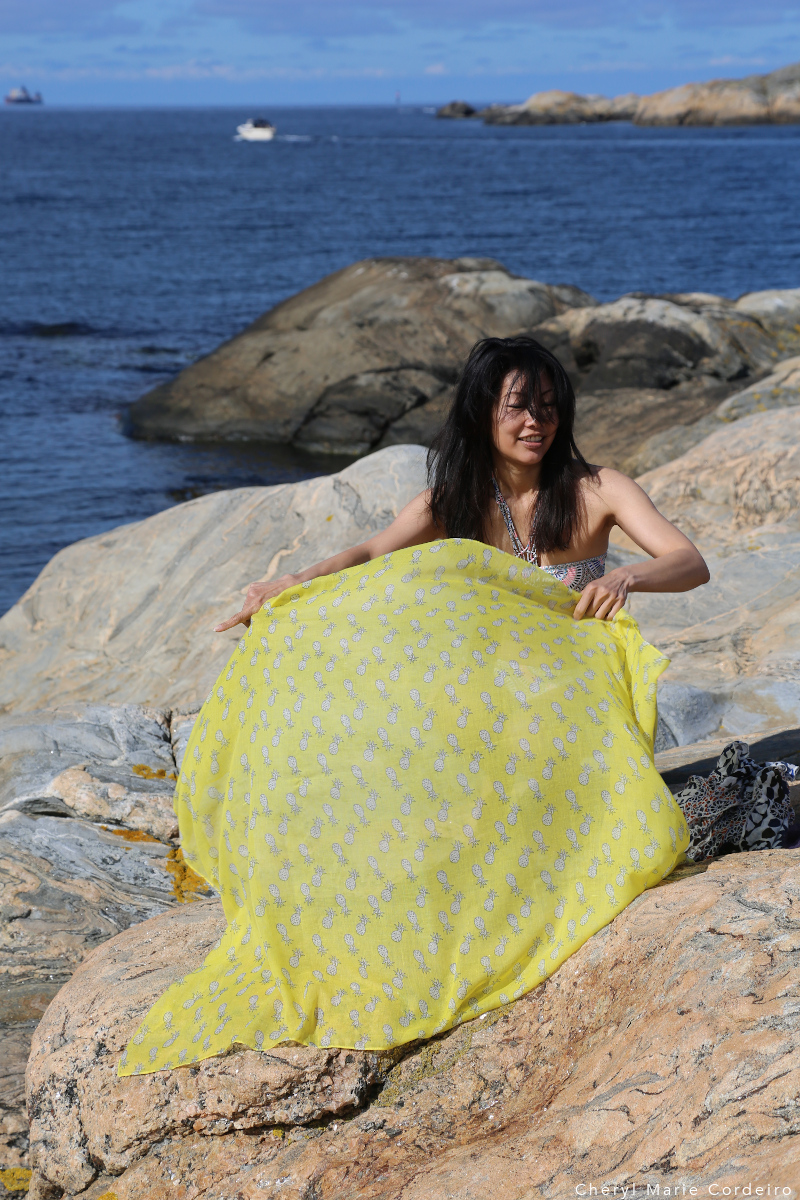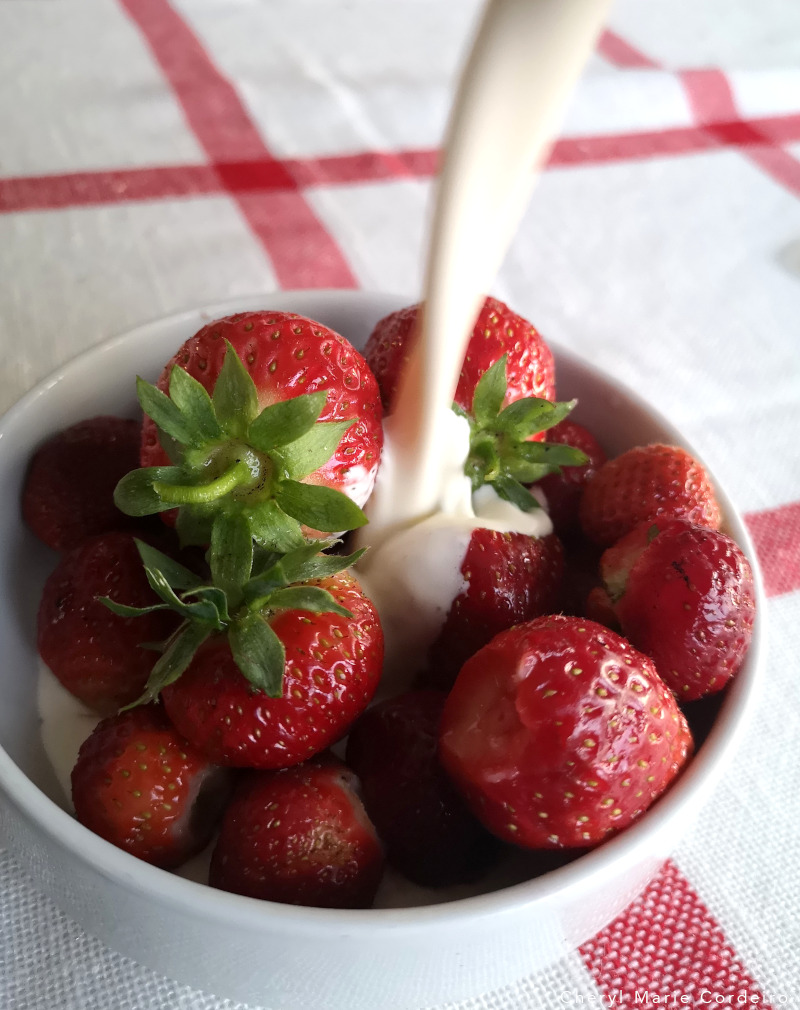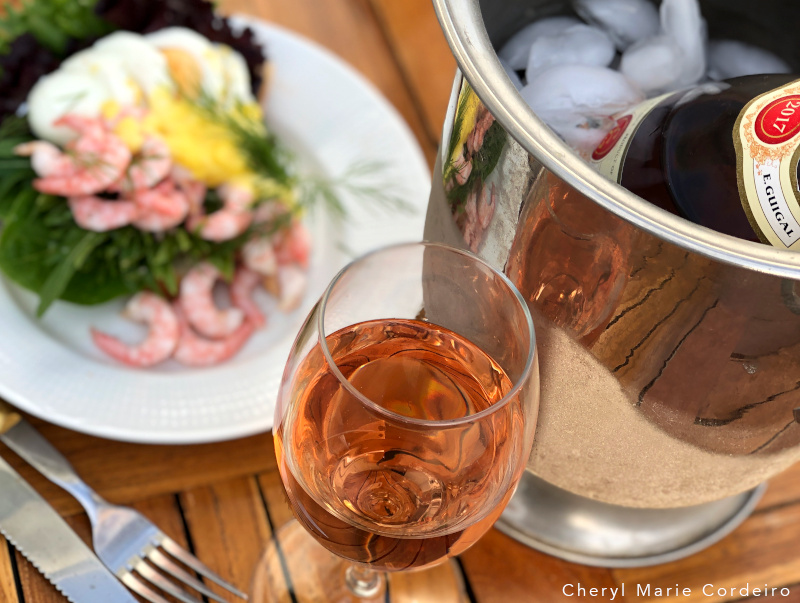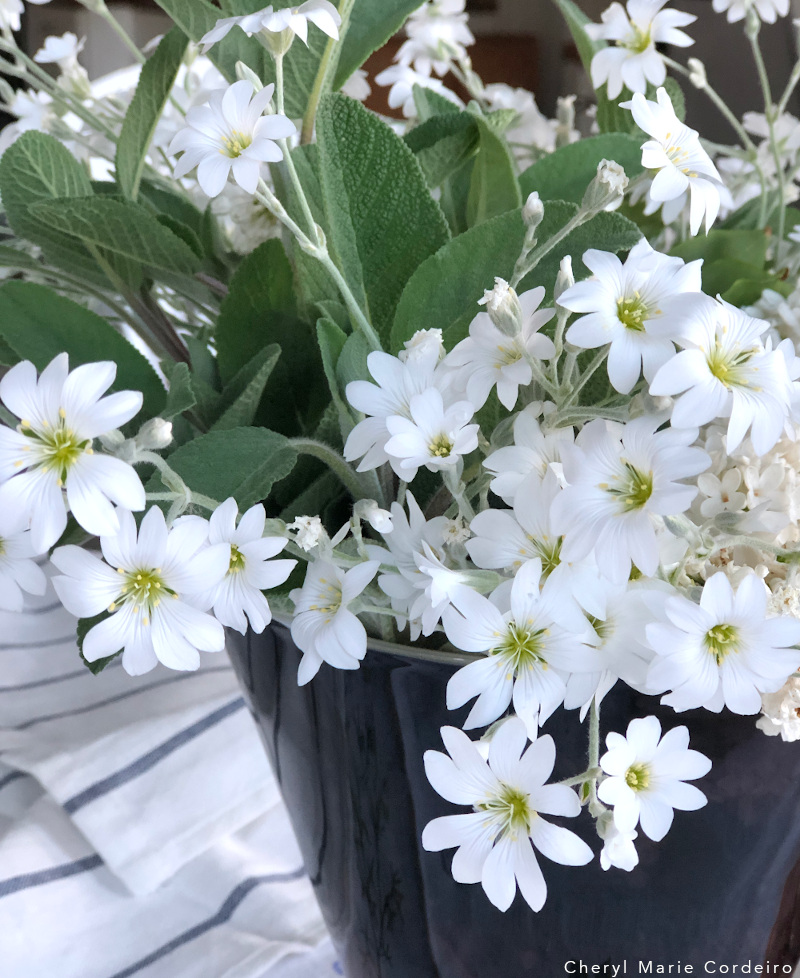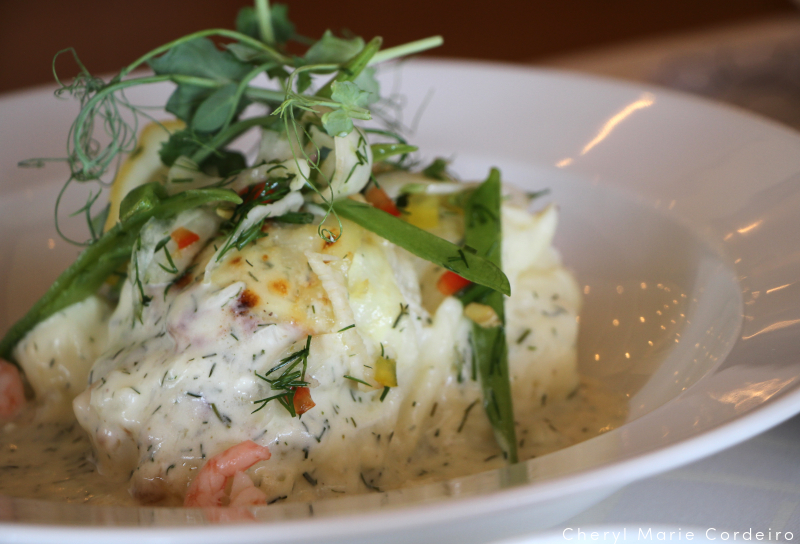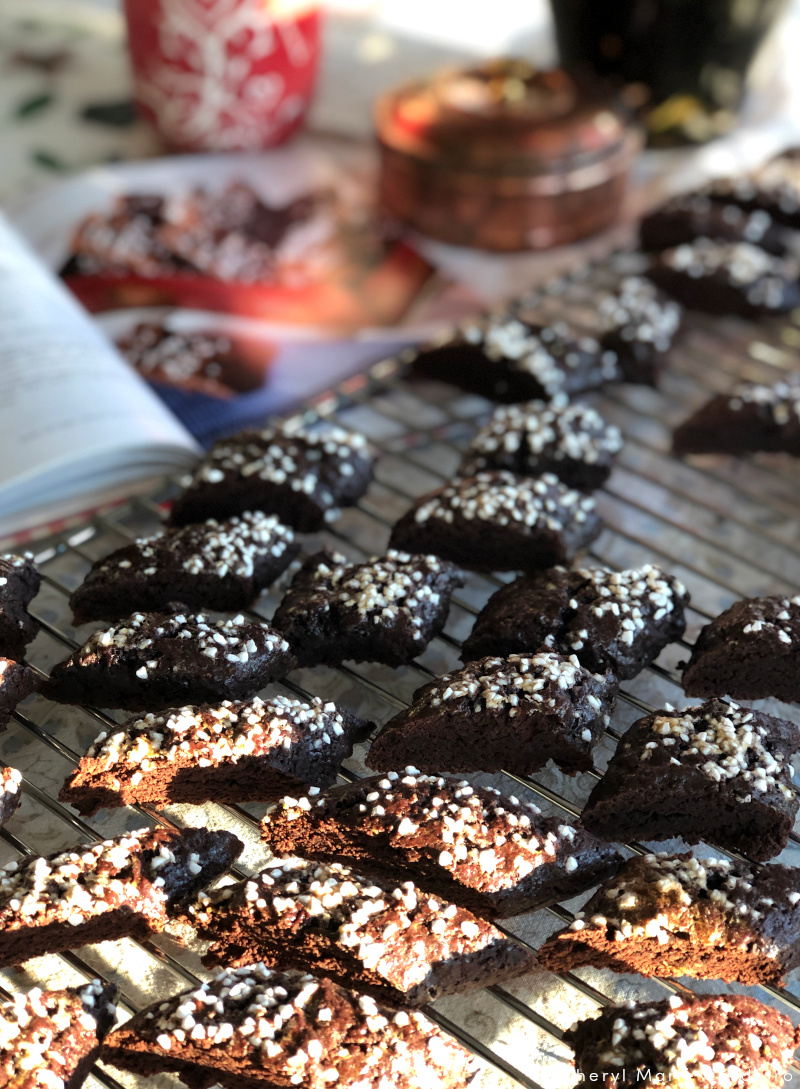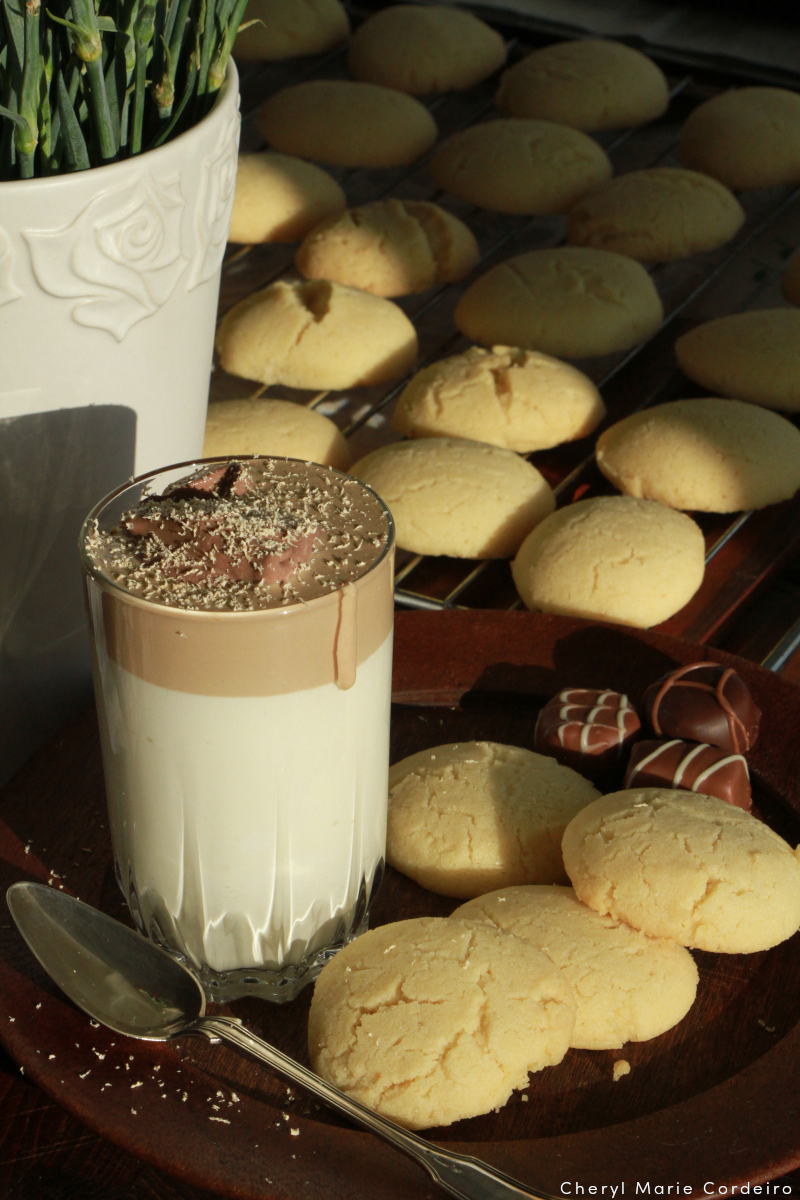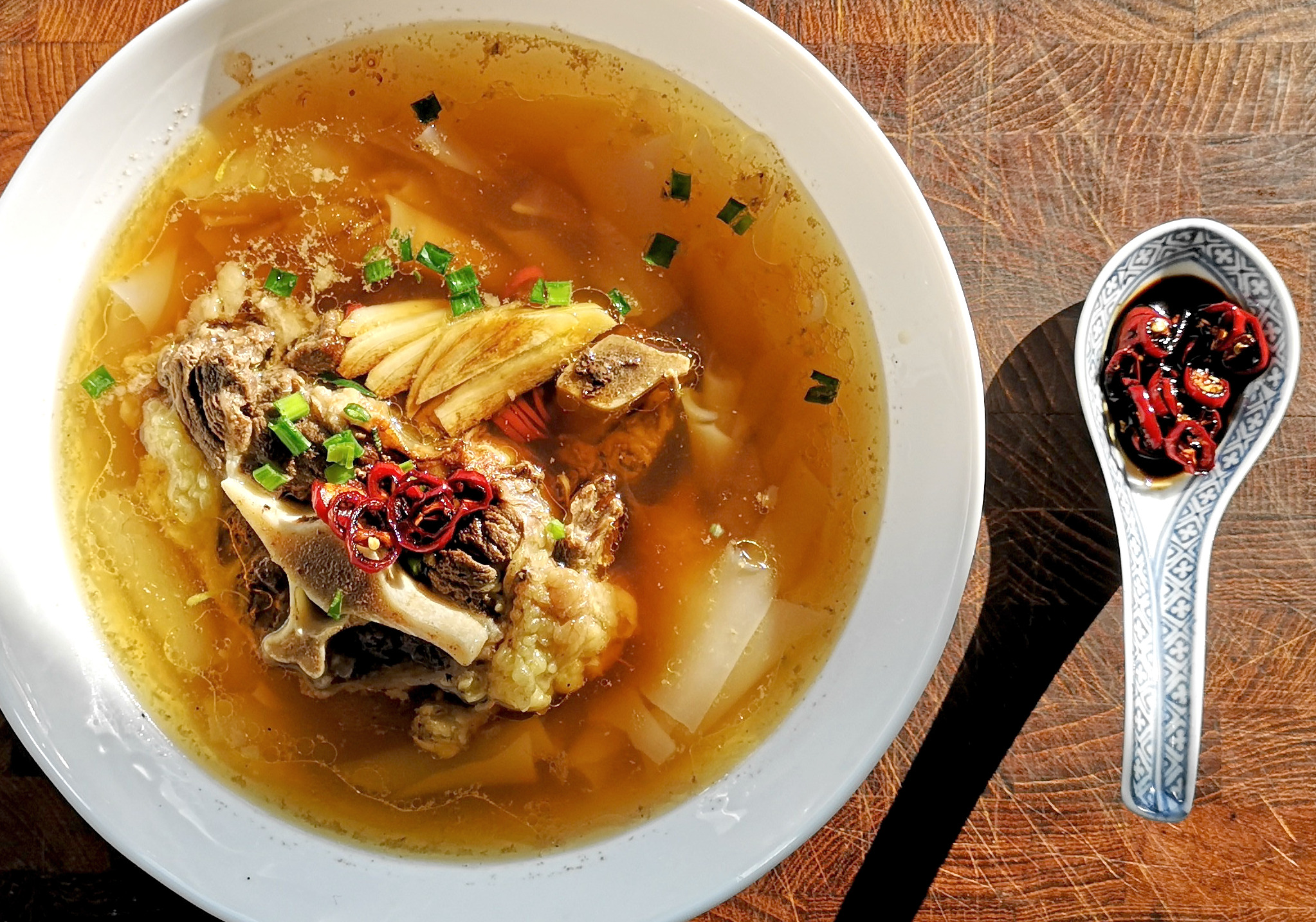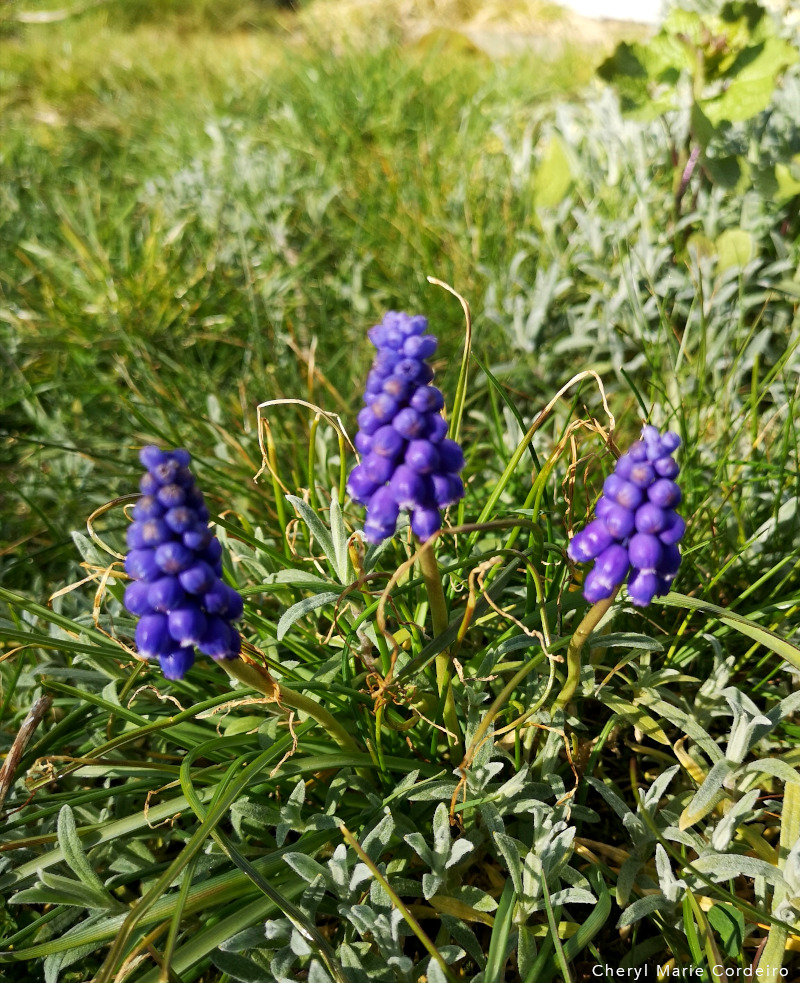By the beach at Styrsö, Sweden. Summer 2020.
Text & Photo © JE Nilsson & CM Cordeiro 2020
Midsummer’s reflections 2020
Pickings from the garden.
Text & Photo © JE Nilsson & CM Cordeiro 2020
On Saturday, 20 June 2020, Sweden celebrated Midsummer’s Day. A celebration that traditionally coincides with the summer solstice. Usually the inevitable – How’s your Midsummer this year? question, would be answered with the similarly inevitable reply; – As usual. Plus 10 degrees, and rain. – Ah, same as New Year’s eve then, – Yep.
It might sound sarcastic but really, I can’t think of a sunny Midsummer’s Day since I first landed in Sweden in 2002. I remember when I first landed that I wrote home to my parents and told, “Sweden got only two seasons leh”. They had winter, which was cold and wet, with possibility of some snow, and summer, which was cold and wet, with no snow. This year was certainly different. There’s been as much sun as you could wish for, in Sweden. I can only assume that this, in some kind of quantum entanglement of weather, is dependent on me having relocated to Tromsø, the very arctic part of Norway. Living in Tromsø by the way, has given me a completely new understanding of winter, and summer. Tromsø also has only two seasons. Winter, without daylight, and summer, with daylight. Endless dayligt. Sunrise in February and sunset basically in November. This said, to be fair to Sweden, I have over the years managed to get some nice midsummer pictures in my album labelled “Sweden”.
A touch of rosé in celebration of the spring-summer transition
Côtes du Rhône Rose Millésime 2017, complementing a shrimp sandwich.
Text & Photo © JE Nilsson & CM Cordeiro 2020
In celebration of the spring to summer transition, this is a period of the year when the days get gradually longer till the summer solstice on 20 June 2020. Complementing the shrimp sandwich is a bottle of Côtes du Rhône Rosé 2017 by the Guigal family. The wine is a lovely hue of peach-rose that reflects beautifully with the evening light. Light and fresh with burst of red fruits, the aroma and flavour of the wine complements the slight saltiness of the peeled shrimp.
Continue reading “A touch of rosé in celebration of the spring-summer transition”
Salvia officinalis and Stellaria palustris
Salvia officinalis and Stellaria Palustris
Text & Photo © JE Nilsson & CM Cordeiro 2020
Salvia officinalis (native to the Mediterranean region) and Stellaria palustris (native to Britain, Ireland and the Nordic region) make an unlikely combination in a flower vase. What they do have in common however, is that they are perennial and come warmer spring weather, they grow in the Nordic garden year after year.
Stellaria palustris or Meadow Starwort are some of the most beautiful flower blooms you can encounter in the Nordic countries. Reputedly growing in peaty soil, I’ve seen these flowers grow sturdy in much different soil conditions too. Soft and flowing when the evening breeze sweeps in, they look like a waterfall of flowers lining rocks and garden paths.
Salvia officinalis or Garden Sage might not look like much, but it makes a wonderful tea. Belonging to the mint family, Lamiaceae, and native to the Mediterranean region, this plant has naturalized and taken root in the Nordic region, growing outdoors without problems. Savoury and peppery, this herb has appeared in European cuisine from the 14th and 15th centuries, used to enhance sauces and condiments and often paired with turkey, chicken, pork and sometimes, fish.
Nordic style oven baked fish gratin
Nordic style oven baked fish gratin.
Text & Photo © JE Nilsson & CM Cordeiro 2020
One of the absolute easiest Nordic dishes to put together when expecting friends for dinner is a fish gratin. It’s like an all-in-one recipe. You take a freshly caught cod, have it filleted, put it in a glass or ceramic tin, add some butter, salt and white pepper. Add a cover of white bechamel sauce, stir in some dill. Wait for the magic to happen in the oven and dribble some newly peeled shrimps on top just ahead of serving. A slice of lemon and a fresh piece of dill adds merriness to the eyes. Freshly boiled potatoes – or why not surround the fish with a generous surrounding wall of mashed potatoes, or Pommes duchesse; great either ways as long as you are generous with the butter – and bake the whole thing together. Wine paring is easy as long as it is Chardonnay but admittedly now when the spring is approaching, I’d consider a rosé while the gratin is taking care of itself.
Upon arriving in Northern Norway slightly more than a year ago, a main curiosity was to find out what the region had to offer for traditional dishes. Tromsø’s main historic economic activities were being base to arctic hunting and whaling. It is today well known for landing some of the world’s freshest, highest quality fish. It is thus not surprising (or I might have well guessed, but didn’t) that fish pie or fish gratin served with mashed potatoes on the side is one such traditional dish. As testament to its popularity in households, you can find ready made fish gratin sold in individually packed boxes at the local grocers in Tromsø.
Marta’s (Swedish) Chocolate Slices and a walk down culinary memory lane, Singapore
Märtas skurna chokladkakor or Marta’s Chocolate Slices are the quintessential Swedish chocolate cookies that are a staple at cafés in Sweden. When I got to Sweden in the early 2000s, I found these chocolate cookies in large boxes sold in grocery stores. These distinctive looking chocolate cookies are also available at grocery shops in some Nordic countries.
Text & Photo © JE Nilsson & CM Cordeiro 2020
In the past weeks, I’ve taken a culinary walk down memory lane to when I was growing up in Singapore. I’ve been revisiting in my mind, bakeries and coffeeshops of where I’ve eaten and spent time for afternoon tea with my parents and father’s mother from when I was five or six years old. Katong and Marine Parade were favourite areas to spend Sunday afternoons. Katong is the predominant living quarters of Eurasians and there were many confectionaries and bakeries that sold pastries and cakes liked by the Eurasian community. Two places I frequented as a child with my parents, and with my father’s parents were Katong Red House, at 75 East Coast Road, and Chin Mee Chin Confectionary at 204 East Coast Road. Chin Mee Chin was located at the corner of Chapel Road where the Holy Family Church is still located. They opened in the 1920s and was famous for cream horns and chocolate éclairs, the favourite pastries of my father’s father, and my father. I grew up eating plenty of those, together with Portuguese egg tarts.
Labelled as “old school” pastries and biscuits in today’s context in Singapore, some of my absolute favourites were the basic mix and bake of flour, butter/ghee and sugar (lots). Chocolate biscuits or cookies were certainly on the list but they hardly came plain. Most chocolate biscuits in cookie jars at home were made to sandwich lemon or coffee cream frosting. The vanilla cream frosting filled chocolate Oreo cookie, was a much later addition to my cookie repertoire even if it was launched in the early 1900s in the USA. In a seeming quantum moving of Time backwards, it has also been interesting to observe the 2012 limited edition Lemon Twist Oreos (a variation of their original lemon Oreo in 1920s) because that flavour combination took me back to when I was five or six years old, eating lemon cream frosting filled cookies from Singapore neighbourhood heartland bakeries.
Drömmar och havreflarn
Drömmar / Dreams, the Swedish version of sugee / shortbread cookies. On the side, chocolate truffles and a glass of chocolate-coffee yoghurt parfait.
Text & Photo © JE Nilsson & CM Cordeiro 2020
Shortbread is one of my mother’s favourite cookies. Growing up in Singapore, you could find the Singapore version called sugee cookies in the smaller covenience stores in the neighbourhood heartlands. They were sold in plastic cookie jars and you could buy one for about ten cents a piece. From the 1980s onwards, as Singapore developed, the smaller convenience stores gave way to larger grocery stores. Favourite places of mine to visit, food shops and streets changed. Available consumption developed too, the shortbread consumer market segmented and grew more sophisticated. You could now find luxury versions of shortbread, as well as neighbourhood heartland versions.
For a few years after I had left Singapore in the early 2000s to live in Scandinavia and upon my return trips, I found it increasingly difficult to find heartland neighbourhood baked sugee cookies. There was of course Bengawan Solo sugee cookies, but there were some variations I felt I missed. One afternoon, my mother thought it nice to roam Chinatown. She wanted to buy some cotton threads with which she could crochet a new blouse. As we walked the inner alleys and streets of Chinatown Singapore, I chanced upon a shop that sold traditional, old school biscuits. I identified the biscuit tins immediately and could not help but pull my mother inside the shop with me in swift motion.
“Mommy! Look!” I cried, “They have these traditional biscuit tins!” I was excited and beyond disbelief. It’s been some years since I even laid eyes on such biscuit tins! My mother smiled and nodded. “I haven’t seen these in the longest time – what, since I was a child?” I said, exploring the biscuit tins that seemed to stand from floor to shophouse ceiling of the shop. The biscuit tins were designed each with a see-through panel on the front, so that you could always tell exactly which type of biscuit it housed.
Oxtail soup, Asian light
Oxtail soup, Asian light.
Text & Photo © JE Nilsson & CM Cordeiro 2020
When you´ve lived almost an equal number of years in one part of the globe (Asia) as another (Scandinavia), it comes a point in time when you realize – right, I´ve managed to get some oxtails from the nearby farm, super! Now what and how to do with them? And that question is legit because I found myself standing over the kitchen counter, staring at the oxtails unwrapped from their paper package, with at least 3 recipes in mind. Coupled with recipe juggling, I wondered who in the family was going to enjoy which version the most. The go-to recipe in Scandinavia is based on the classic French style, using tomato puree, root vegetables such as carrots, celery and herbs such as thyme, bay leaf, parsley, then topping it off with some port/sherry. You have the Eastern European recipe sans tomato puree but using chopped tomatoes, potatoes, leeks and ground allspice. “I’m bored with my cooking. You come up with something.” was the feedback. When in Scandinavia, that meant, go as Far East as your recipe books take you, and see what inspiration you can find.
20200419 Sunday inspiration in synopsis
Pärlhyacinter or Grape Hyacinth, currently blooming in the garden along the Swedish west coast.
Text & Photo © JE Nilsson & CM Cordeiro 2020
Sights and sounds from the west coast of Sweden inspire me. The calm and still of the ocean in the early hours of the day, the call of the sea gulls and the smell sea water lightly salted. While Tromsø is slowly thawing into spring, the west coast of Sweden at the southern archipelago of Gothenburg is in spring bloom. These flowers, the purple pärlhyacinter and the Russian blue star are in full flourish in archipelago home gardens. They´re beautiful. In Sweden, a signature sight in early spring are park gardens carpeted in these little blue flowers. Tromsø will have its flowers in bloom too, albeit just a little later.
20200413 April snow, Tromsø, Northern Norway
In April snow, Tromsø, Northern Norway.
Text & Photo © JE Nilsson & CM Cordeiro 2020
From the pages of Ken Wilber´s One Taste [1]:
“As the Witness, I-I do not move through time, time moves through me. Just as clouds float through the sky, time floats through the open space of my primordial awareness, and I-I remain untouched by time and space and their complaints. Eternity does not mean living forever in time—a rather horrible notion—but living in the timeless moment, prior to time and its turmoils altogether. Likewise, infinity does not mean a really big space, it means completely spaceless. As the Witness, I-I am spaceless; as the Witness, I-I am timeless. I-I live in eternity and inhabit infinity, simply because the Witness is free of time and space. And that is why I can drink vodka in New York and get drunk in L.A.
So this morning I went jogging, and nothing moved at all, except the scenery in the movie of my life. (p.68)
Continue reading “20200413 April snow, Tromsø, Northern Norway”
